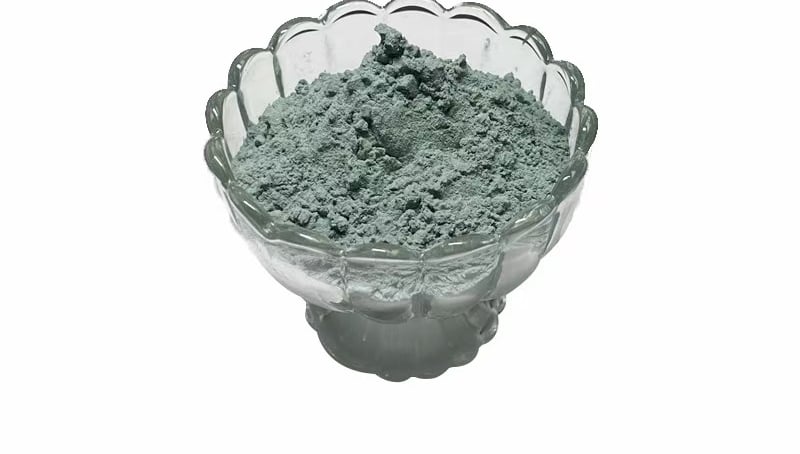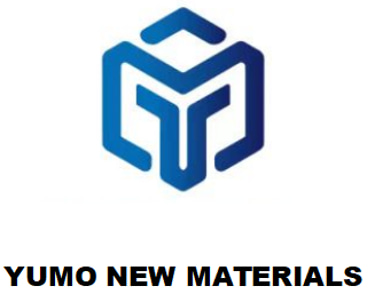HENAN YUMO: Engineered Precision, Uncompromised Performance
Green Silicon Carbide: The Ultraprecision Engine for Next-Gen Semiconductor & Advanced Ceramics Machining
6/16/20251 min read


1. Crystallographic Superiority
α-SiC Hexagonal Lattice Analysis: 99.5% pure SiC exhibits >98% 6H polytype concentration (XRD verified), enabling anisotropic hardness up to 28GPa on (0001) plane - 37% higher than common α-Al₂O₃.
Cleavage Mechanics: Basal plane dislocation density <10³ cm⁻² (TEM data) prevents micro-chipping during submicron lapping.
2. Tribochemical Innovation
Reactive Wear Mechanism: SiO₂ tribolayer formation at 800°C+ reduces coefficient of friction to 0.15 (vs. 0.6 for diamond abrasives) when machining Si₃N₄ ceramics.
Self-Sharpening Quantification: Grain fracture index (GFI) of 0.92 at 50N load (JIS B 4130 standard), outperforming black SiC by 210%.
3. Semiconductor-Grade Purification
4. Thermal Management Breakthroughs
Heat Flux Dissipation: 120 W/m·K thermal conductivity in bonded abrasives, reducing workpiece ΔT to <15°C at 30m/s grinding speed (Laser flash analysis).
CTE Matching: 4.0×10⁻⁶/K expansion coefficient enables zero-delamination polishing of GaN-on-SiC wafers.
5. Future Tech Horizon
Quantum Dot Polishing: F1200 mesh (3μm) SiC for qubit substrate surface roughness <0.1nm Ra.
Additive Manufacturing: Binder jetting of SiC-ZrO₂ composites with 99.2% densi


